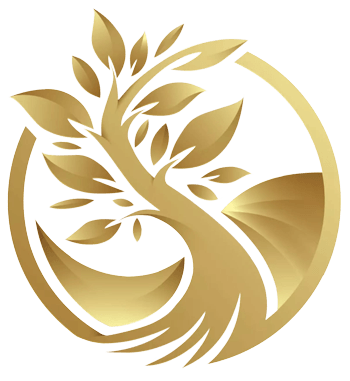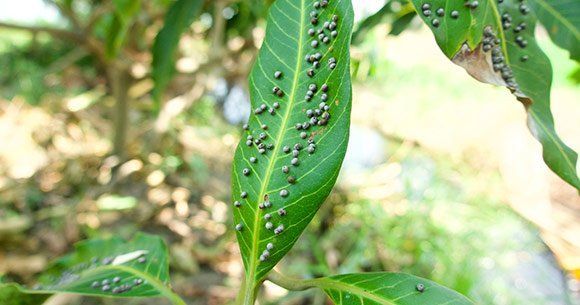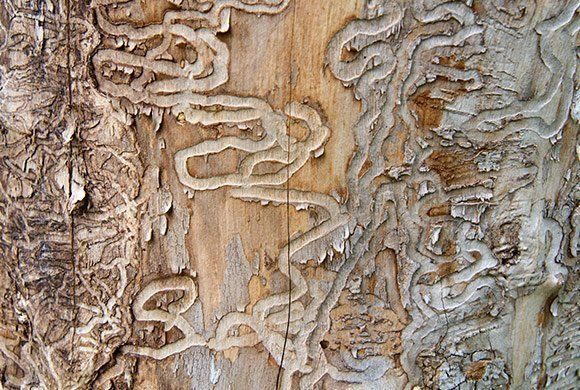Insect and Disease Treatments
Did you know that insects and diseases will prey on stressed trees? Sufficient water, light, and a balance of nutrients greatly influence plant health. Too much or too little of these environmental conditions may cause plant stress, weakening trees and making them more vulnerable to insect and disease attacks. Therefore, proper plant health care and tree rot treatment are required.
By identifying and treating tree rot early on, arborists can prevent further decay, promote tree growth, and prolong its lifespan. Moreover, healthy trees are crucial in maintaining ecological balance by providing shade, improving air quality, and preserving biodiversity. Tree rot treatment ensures the sustained benefits that trees offer to our environment and communities. Count on us at Taylor Tree Co. for expert tree service. To schedule a professional tree inspection, call us at (228) 255-8733.
Tree Diseases & Disorders
Diseases are caused by infectious or living agents such as fungi, viruses, and bacteria. On the other hand, disorders are caused by non-infectious or nonliving agents such as nutrient deficiencies, temperature extremes, vandalism, and pollutants.
For a disease to develop, there must be a disease-causing agent (pathogen) to which the plant is vulnerable. The pathogen will infect the plant if the proper environmental conditions are present over time. For example, many fungal diseases require moist conditions for spores to germinate.
Insect Infestations
In many cases, insect problems are secondary to problems brought on by a stress disorder or pathogen. Focusing on getting rid of the pest might not solve the primary problem.
Some insects suck sap from the tree or bore into the trunk and branches. These insects can stunt tree growth and weaken its structure. Insects may be divided into three categories according to their method of feeding.
Chewing insects
(beetles, caterpillars)
Eat leaves, flowers, and twigs. Indications of damage by these insects include leaf notching or skeletonizing.
Sucking insects
(aphids, mealybugs)
Feed on sap within the plant. Drooping, wilting, and discoloration are some indications of their presence.
Boring insects
(emerald ash borers, bark beetles)
Feed beneath the bark of the tree as larvae and continue to reproduce within the bark. Adults may lay eggs in tunnels beneath the bark. Boring insects tend to be the most destructive and can kill trees.
The most important thing to remember is that many insects in your garden or landscape are beneficial rather than destructive. They help with pollination or act as predators of more harmful insects. Therefore, killing all insects without regard to their species and function can be detrimental to plant health.
Mistletoe
While mistletoe can grow on more than 100 different types of trees, it is most often found on pecan, hickory, oaks, red maple and black gum trees. Mistletoe is a small evergreen shrub that is semi-parasitic on other plants. Instead of producing roots in the ground, mistletoe sends out root like structures into tree branches, from which it steals water and nutrients. It is most easily seen in winter.
Look for ball shaped green masses up to 3’ wide connected to other branches. For treatment of existing trees, it is important to remove mistletoe before it produces seed and spreads to other limbs or trees. Mechanical control through pruning tree branches is the most effective method for mistletoe removal.
Diagnosis & Treatment Of Tree Diseases
A correct diagnosis requires a careful examination of the situation. You must accurately identify the plant, look for patterns of abnormality, examine the roots, trunk, and branches, and note the position and appearance of any abnormalities. Treatment depends on many specific factors. We will be able to provide an assessment plant health care evaluation.
We will diagnose your tree(s) health issues. Once we have determined what is wrong with your tree(s), we will make recommendations for long-term care to assist your tree(s) with the recovery process and back to a healthy state.
Contact Taylor Tree Co. At (228) 255-8733 For A Free On-site Consultation.
Phone: (228) 255-8733 | Email: ContactUs@TaylorTreeCo.com | Service Area: MS Gulf Coast and Surrounding Areas
Business Hours:
Mon - Fri 8:00 am - 5:00 pm
24-Hour Emergency
All Rights Reserved | Taylor Tree Co.



